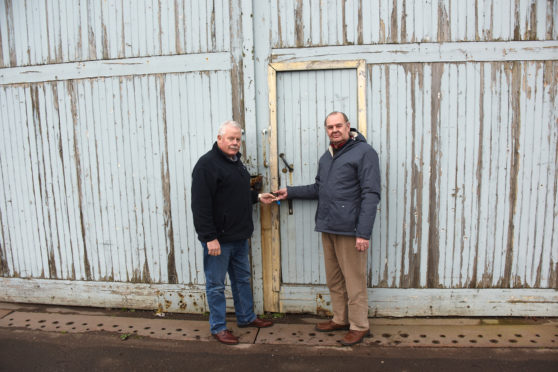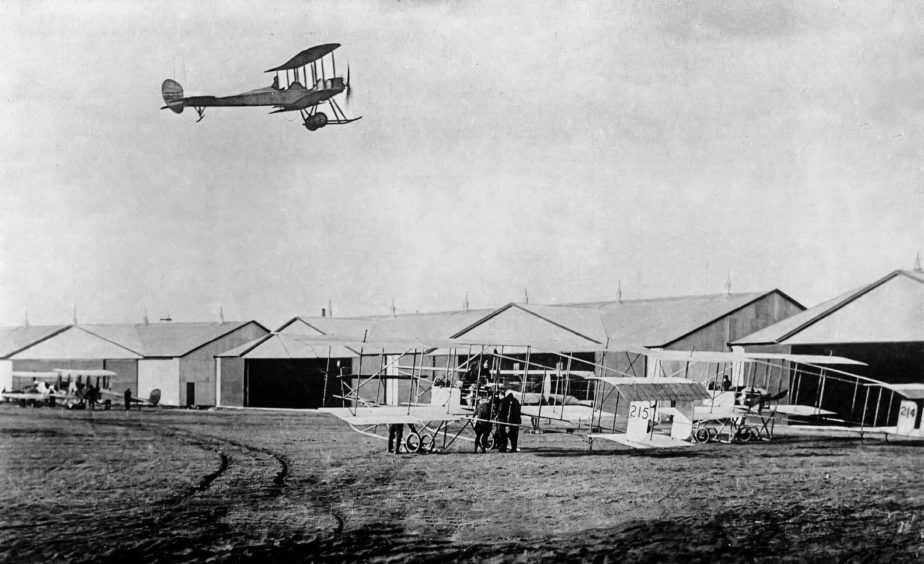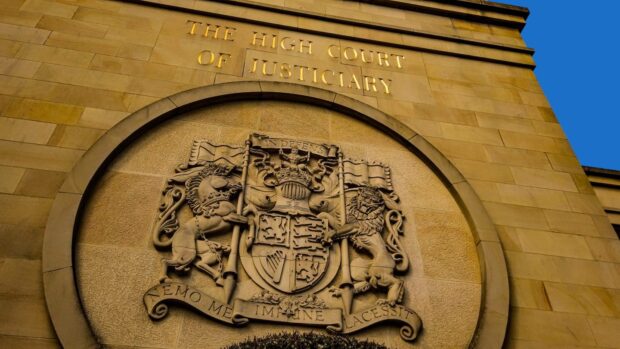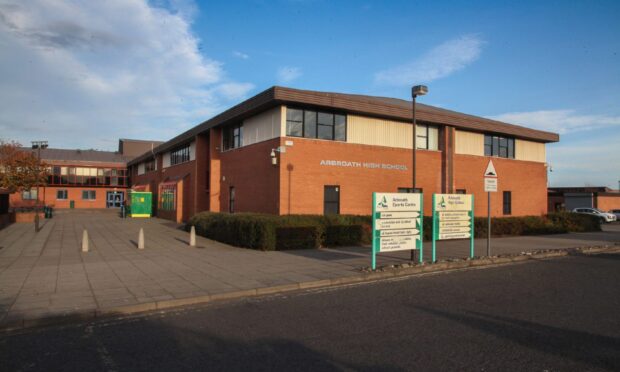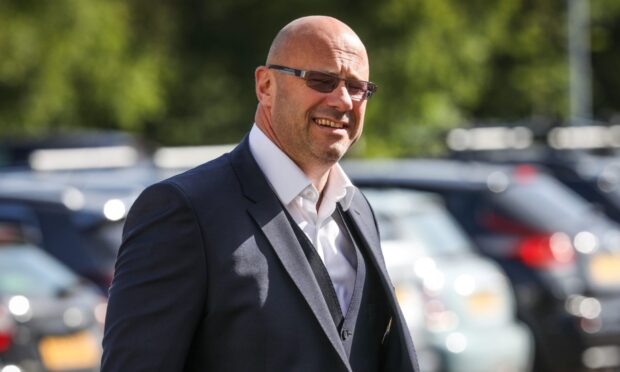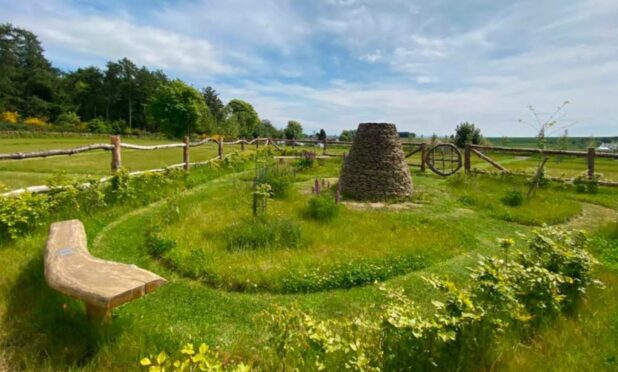Montrose Air Station Heritage Centre has secured a heritage building of international significance to put Angus on the map of aviation tourism.
‘Major Burke’s Sheds’ is the name given to the three A-listed buildings adjacent to the heritage centre which are likely to be the best surviving examples of early aircraft hangers in the country and possibly the world.
Part of the largely unaltered hangars will become a section of the museum after Montrose Air Station Heritage Centre entered into a long-term agreement with Angus Council.
MASHC chairman Ron Morris said: “Acquiring this hangar will not only be a great asset to us as we grow the museum it also starts the process of preserving and protecting these important and historical buildings.
“When you consider these hangars were built only 10 years after the first powered flight by the Wright brothers this should give you an idea of the place these hangars hold in aviation history.
“As we continue to tell the story of the role Montrose played in aviation history, in particular the contribution made in both the First and Second World War, we expect the development of the museum will be a strong contributor to the visitor economy of Montrose in the years ahead.
“This acquisition will initially allow us to start the restoration of some of our larger aircraft projects, such as the Avro Anson, which will be moved there shortly.
“Also, one of our main events this year will be the ‘Freedom of Angus’ given by Angus Council to No. 2 Squadron on July 12, when the squadron will parade through the town and afterwards we plan to hold a reception.
“No. 2 Squadron left Montrose in August 1914 to fight in France – what a marvellous symbolic homecoming returning to one of their original buildings over 100 years later.”
Mr Morris also said he would also like to recognise Angus Council for working with the museum to secure the hangar and helping the museum become a major attraction in Montrose.
Montrose became the first operational military airfield in Great Britain and the first military airfield in Scotland.
The airfield, first opened in 1913 when aircraft of No.2 Squadron Royal Flying Corps arrived under the command of Major Burke, who had three of the aircraft sheds built in the form a crescent.
The buildings, which were designed by the Royal Engineers of the War Office’s Directorate of Fortifications and Works, were pre-fabricated at Glasgow before being transported to Montrose and erected in December 1913.
Historic Environment Scotland said these “exceptionally rare” hangars are of international importance “as they date from the formative phase in the development of military aviation”.
Unit 1 is the hangar which has now been leased in two halves with 1A being used by an engineering company and 1B being used by the museum.
The other two buildings are owned by Angus Council as part of the Broomfield Industrial Estate.
The aircraft visionary
Born in Armagh in 1882, Major Burke was a visionary when it came to the military use of aircraft.
He could foresee their immense potential when many military leaders were dismissing aircraft as a waste of time.
On May 13 1912, he became the commanding officer of No. 2 Squadron and was promoted to major.
During the next two years, Major Burke trained his squadron in aerial reconnaissance.
The First World War was a little over a week old, when, on August 13 1914, Major Burke, led the Royal Flying Corps to France.
The flight from Dover across the Channel was largely uneventful.
But Major Burke was none too pleased when he realised one of his junior officers had landed before him.
Lieutenant H.D. Harvey-Kelly had flown directly overland to Amiens rather than follow the coastal route taken by the rest of the squadron.
“As I was approaching Amiens I saw an aircraft already on the ground. It was Harvey-Kelly,” Maj Burke later wrote in his diary.
Becoming famous as the first British pilot to land in France was worth the dressing down received by Harvey-Kelly, who had a reputation for high spirits.
In the summer of 1916 Major Burke rejoined his old regiment, the Royal Irish Regiment, which was suffering a severe shortage of officers.
He was killed in action on April 9 1917, whilst commanding the 1st Battalion of the East Lancashire Regiment during the first day of the Battle of Arras.
Major Burke was buried at the Point-du-Jour Military Cemetery, Athies, France.
He is also remembered on the Men of Thomond Memorial at St Mary’s Cathedral in Limerick, Ireland.
